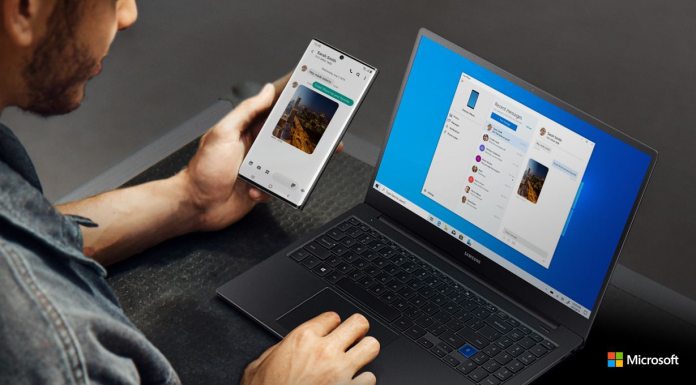The functionality lets users piggyback off their phone’s SIM to make calls at their desk. This lets them use their Windows audio devices, including a high-quality microphone, for a better calling experience. Naturally, it also means you can have your hands free while working, not having to awkwardly balance a phone on your shoulder or deal with loudspeaker. The feature has been in Insider testing for some time, so we’ve had some time to get familiar with the tool. It works more or less flawlessly, though incoming call quality isn’t always the best. Having ceded the Windows Phone market and moving to Android, this is essentially Microsoft’s effort to get closer to an Apple-like ecosystem. One of the main disadvantages to Google’s phone OS is a lack of seamless sync with a fully-fledged OS. Chrome OS has some integrations, but it lacks the app to make it a serious productivity tool for some users.
Screen Mirroring Still Missing
Your Phone has made fast progress since its launch with additions especially ramping up after the team’s hiring spree in July last year. Since then, the app has received dual-sim support, the ability to reply to notifications, pen support, copy-pasting, and a major gallery sync upgrade. Unfortunately, one feature that began its implementation at launch still hasn’t reached most users. The ability to mirror your screen was touted as far back as Microsoft’s announcement, but currently only select Samsung Galaxy can use it. Screen mirroring was previously available to the OnePlus 6 and 6T, but it hasn’t come the phone maker’s most recent devices. With hope, this will be the next major feature to reach general availability, but it seems that it may require support from OEMs.




